The first camera I purchased with a CFexpress Type B card slot was the Canon R5. And you really only needed to use a CFexpress Type B card when shooting and recording 8k video, which I did not do. But even though my SanDisk SD cards could easily read/write the 45mb RAW still photos I took, transferring them at the max read speed of 200MB/s could be painful. So I went ahead and picked up an Angelbird 512GB CFexpress 2.0 Type B card, and a Rocketek CFexpress 2.0 Type B card reader. With the CFexpress 2.0 standard, I could expect to get a read speed of about 1785MB/s with this card and reader combination – orders of magnitude better.
I’m now shooting with the Canon R5 Mark II which creates even more need to use CFexpress Type B. If you want to shoot RAW in the fastest mode on the R5 Mark II or use per-capture shooting, you simply have to use CFexpress Type B cards – SD card performance simply won’t cut it.
Now that I’ve upgraded to an Apple M4 MacBook Pro I have Thunderbolt 5 ports, as well as a CalDigit Thunderbolt 4 hub. So I’ve been upgrading some of my other peripherals to take advantage of these high-speed data transfer capabilities. Along the way, I got the itch to look at the latest crop of CFexpress Type B cards and card readers.
At the time I bought the Angelbird 512GB CFexpress 2.0 card, it was one of the cheapest options available – $192.00 two years ago, and down to $139.00 as of this writing. Angelbird was a brand I had never heard of but their products were being strongly recommended for being the value leader in this product segment. I’ve had not problems with the card but as of today, Angelbird has not released any CFexpress 4.0 Type B cards. So Angelbird was out of the running. So was SanDisk for the same reason.
ProGrade Digital was a name that, like Anglebird, I was completely unfamiliar with just a couple of years ago. But I’m starting to hear ProGrade storage media recommended more and more, so I did some homework. The company is located in California was started by some former SanDisk and Lexar executives. Their website prominently displays a US based phone number to call so I was already impressed with ProGrade. What’s not clear to me is where ProGrade products are manufactured. ProGrade Digital was founded in 2017, seemingly in direct response to the acquisition of Lexar by China based Longsys earlier in 2017. They seem laser focused on producing both high-end products and a high-end customer experience to photographers. Very intriguing. I decided to give them a try. I ordered their 512GB CFexpress 4.0 Type B Gold card, and their CFexpress 4.0 Type B Card Reader.
The card reader comes with a high quality USB 4.0 cable which plugs into the back of the reader:
The underside of the reader has nice no-slip rubber pad with a label in the center which had the product serial number (digitally removed on the below photo). The base is also magnetic, providing additional mounting options. ProGrade even includes a small metal plate with a sticky side to aid in mounting. Not something I could utilize in my setup, but I’m sure some customers will appreciate the option.
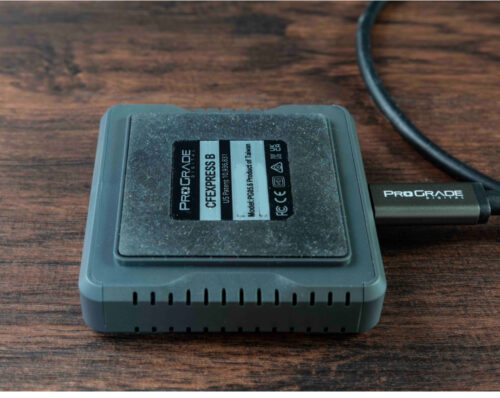
Here are the key features of the ProGrade USB 4.0 Card Reader:
-
- Single-slot memory card reader for CFexpress 4.0 Type B cards
- Backward compatible with CFexpress 2.0 Type B cards
- Transfer rates of up to 40Gbps (5GBytes/sec)
- USB 4.0 interface
- Patented magnetic base and included adhesive metal plate
- Heat sink for extra cooling capability
- USB 4.0 certified cable included
ProGrade makes some dual slot readers as well that allow for both SD cards and CFexpress Type B. My setup already has two SD card readers available to me (in my M4 MacBook Pro and in my CalDigit TS4 hub) so I didn’t need a dual card slot reader. And as of this writing, only the single card slot model I purchased supports USB 4.0 – the other options they carry are USB 2.0.
As much as I think of CFexpress Type B as being fairly new tech, the 512GB ProGrade CFexpress 4.0 Type B Gold card is a 4th generation card and are fully compliant with the CompactFlash™ Association 4.0 specification and backward compatible with 2.0 specification. The cards are both X-ray proof and shock-proof, and carry an impressive 3-year warranty.
I ran some speed tests on the card and reader using the Blackmagic Disk Speed Test application. First I tested plugged into one of the Thunderbolt 4 ports on my CalDigit TS4 Thunderbolt 4 hub:
I then plugged the card and reader directly in to one of my M4 MacBook Pro’s Thunderbolt 5 ports, and saw some minor improvement, but not significant enough to sacrifice one of the ports on my M4 MacBook Pro. I’ll continue to plug into my TS4 hub until CalDigic inevitably releases a Thunderbolt 5 hub:
It’s important to know that as of today, no cameras available for purchase supports CFexpress 4.0. My Canon R5 Mark II which is one of Canon’s most recent releases has a CFexpress 2.0 card slot. So it may be some time for camera to be able to reap the performance advantages of the ProGrade CFexpress Type B Gold cards. The advantages are purely in the transfer speeds when offloading image files to your computer, which will be well worth it for many photographers.
My only real (minor) quibble with this ProGrade card is that apparently in the last year or so ProGrade Digital swapped out traditional plastic card containers used by most manufacturers with soft, biodegradable ones…that rather (to use a technical tern) suck compared to good old environment killing plastic card cases. The plastic ones last forever but this biodegradable container looks and feels quite fragile by comparison. So I sprang for the $20 ProGrade memory card case. Problem solved.
The only other improvement suggestion I can make of ProGrade is that I find their card products a bit confusing – they need more clear differentiation. Both the CFexpress Type B USB 2.0 and USB 4.0 options come in “Gold” and “Iridium” class. The Iridium class cards have slightly faster reads speeds, but lower capacity and higher prices compared to their Gold class counter parts. You’re paying considerably more per GB of storage with the Iridium class, but I’ll be darned if I could figure out what the main feature differentiation was between the Gold and the Iridium cards. I had to read the Iridium card product announcement on their press page to figure out that, “The Iridium Memory Card Family Provides the Optimal Capacity for RAW Cinema-Level Video in Shooting Applications That Require a VPG400 Speed Rating” which makes them compatible with cinema cameras like the Sony Burano. They need to make this point more obvious in their product descriptions. The Gold class isn’t the “Chevy” option and the Iridium class isn’t the “Cadillac” option. The Iridium class is for specialty video/cinema camera use. Gold class is pretty much for everyone else.
Assuming my long term usage of these ProGrade products continues to provide a positive experience, I anticipate purchasing move of their products. They seem to be a few bucks more compared to SanDisk/Lexar but produce a higher quality/low volume product backed by better support. Let’s hope a bigger fish doesn’t come along and swallow ProGrade. I’m a fan.

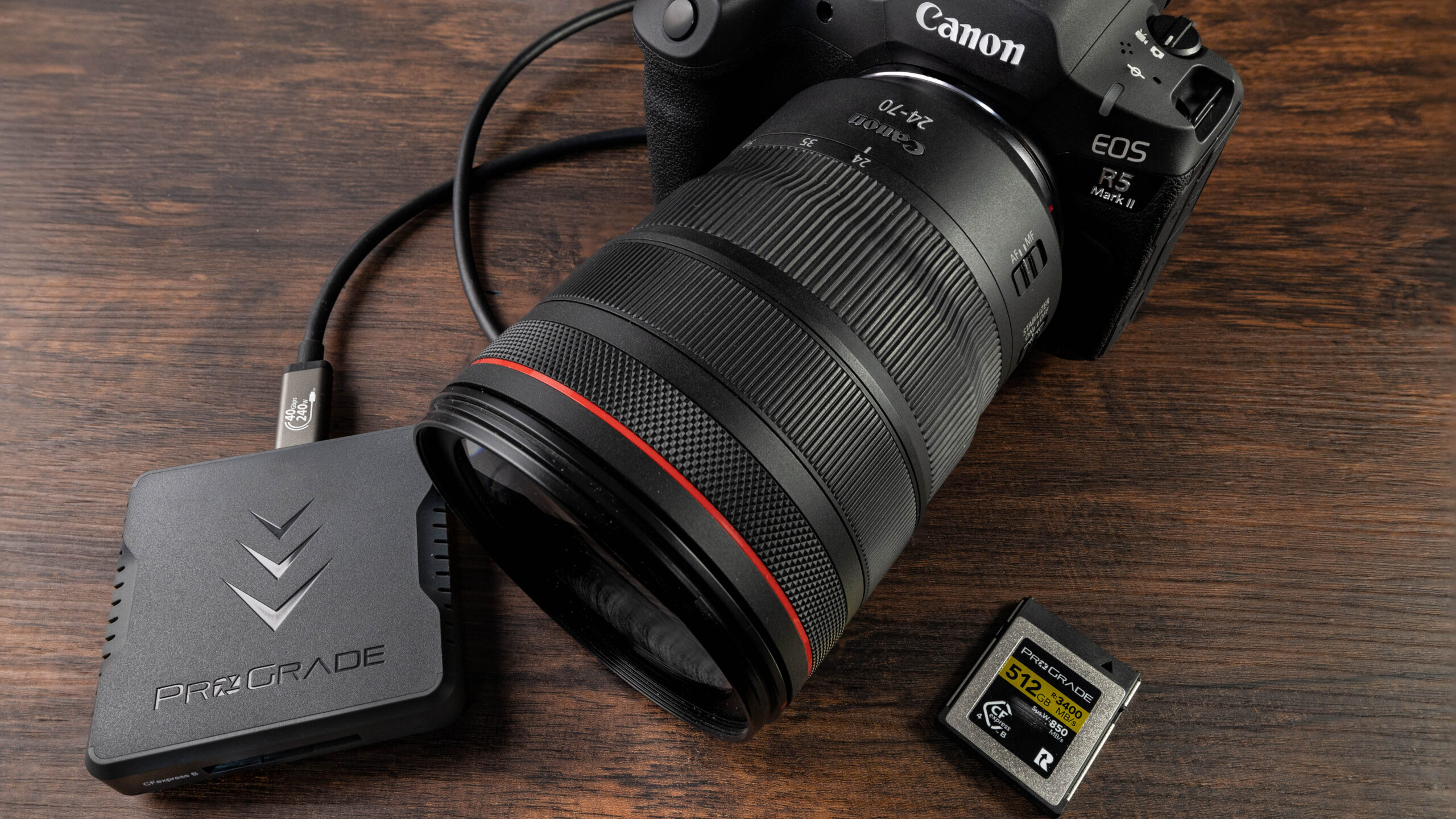
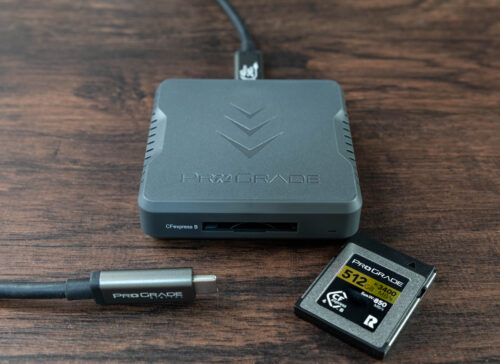
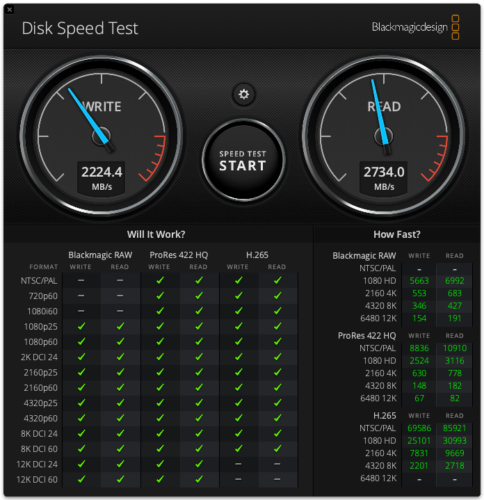
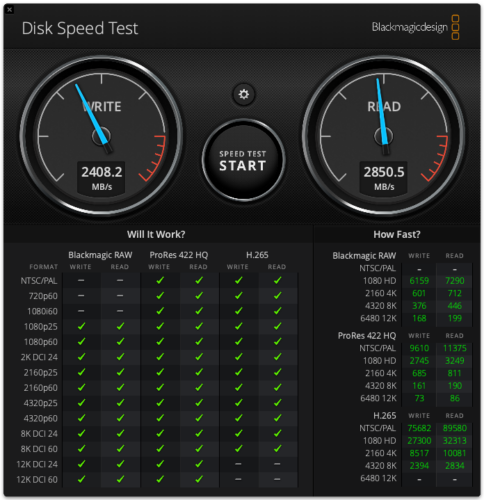
0 Comments